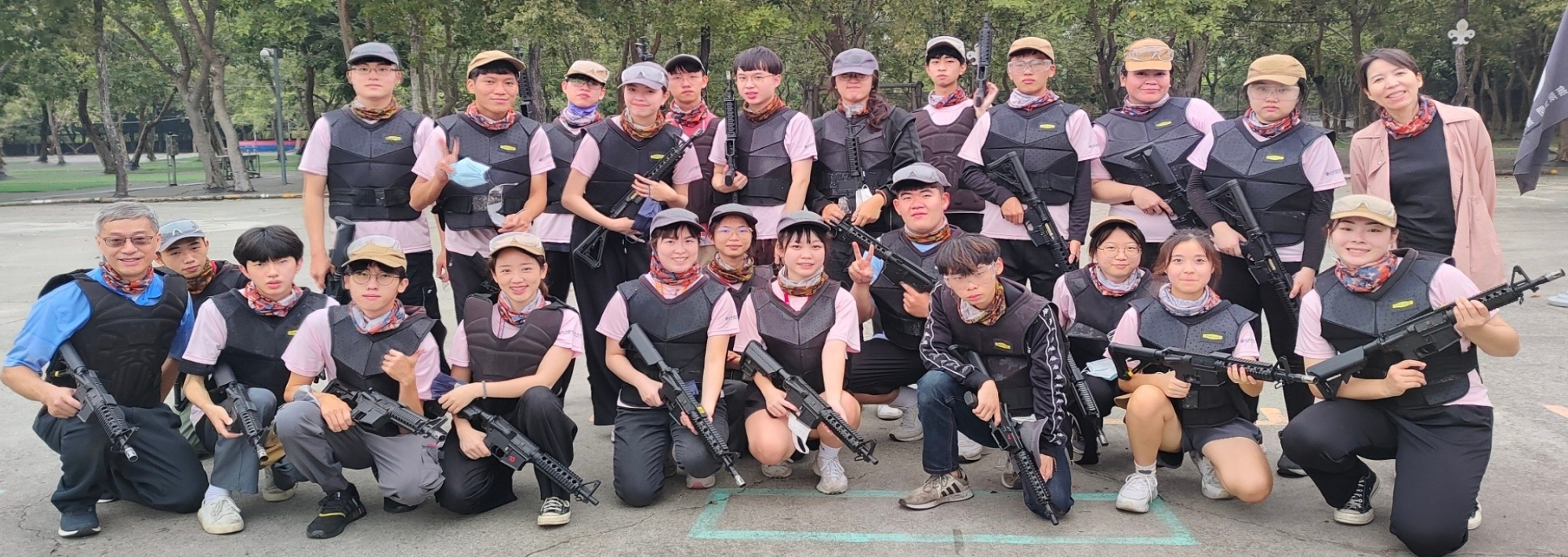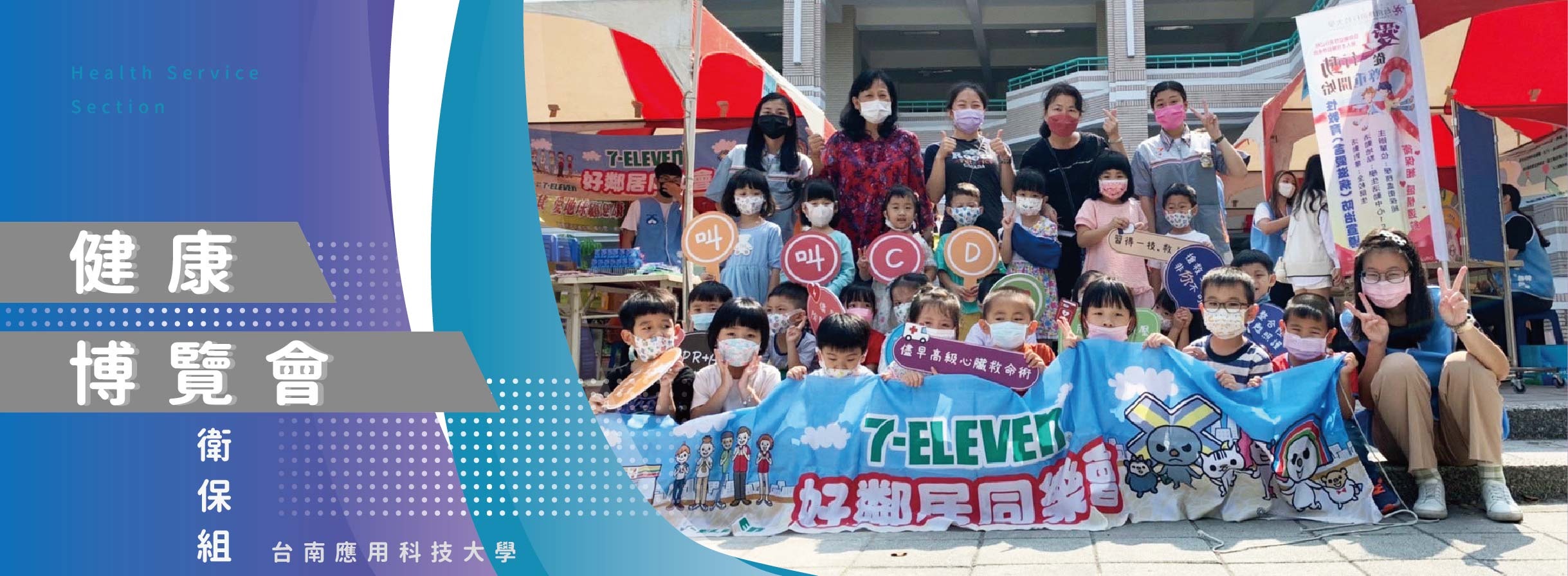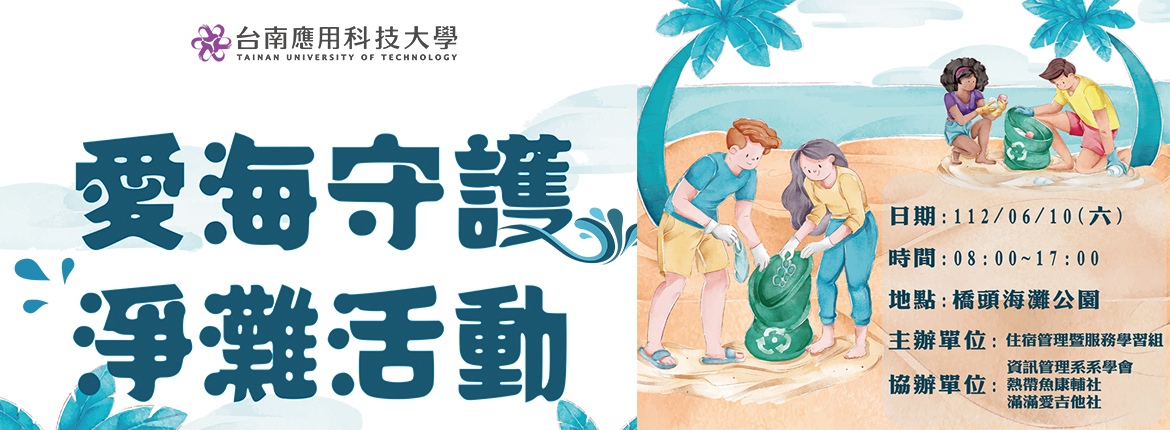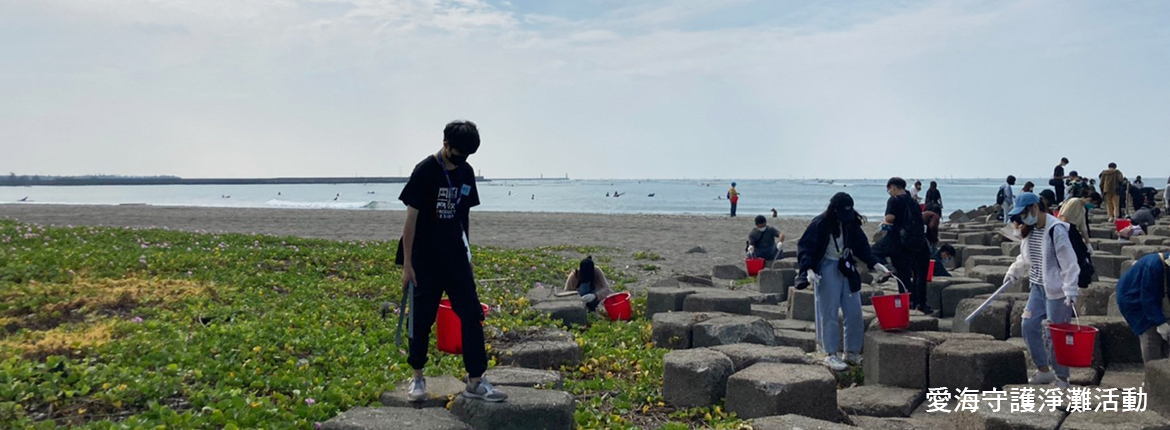Health Care Q&A
I.What are the school's epidemic prevention measures, items and hygiene promotion?
1.Epidemic prevention items: ear (forehead) temperature guns, masks, and alcohol-based dry hand sanitizer.
2.Epidemic prevention measures: All staff, students, and visitors are required to take their body temperature when entering the school campus.
3.Hygiene and education: Hand washing, respiratory hygiene and coughing etiquette should be implemented to ensure proper independent health management.
4.In order to avoid cluster infections on campus, staff and students who are currently infected with influenza symptoms such as flu, fever, sore throat, cough, etc. are advised to do self-health management at home before returning to school or work after their illnesses have recovered, before the orientation session (09/11) and the start of the current semester (09/14).
II.What is self-health management?
1.Keep hands clean and wash hands frequently; if hand washing facilities are not available, use dry hand sanitizer to disinfect.
2.Avoid hand contact with eyes, mouth and nose.
3.Pay attention to respiratory hygiene and cough etiquette.
4.Monitor your own body temperature and cold symptoms daily.
5.Wear a mask when you have respiratory infection or fever, and seek medical attention as soon as possible.
6.Eat a balanced diet and get enough sleep.
7.Avoid going to public places, crowded places and places with poor air circulation.
8.If you develop fever or flu symptoms during or after your return trip, seek medical attention immediately and inform your doctor of your travel history.
9.Students with confirmed or suspected influenza symptoms should rest at home and not attend school, notify their teachers by phone or email, and immediately report to the Health and Safety Section of the University.
III.Why is it recommended to suspend classes only when there are "2" cases of influenza in the same classroom "within 3 days"?
Generally speaking, it takes 2 to 4 days of incubation period for people to become ill after being infected with the influenza virus. Therefore, if there are two students in the same class within three days, it may be the same wave of infection, which means the virus may be circulating among the students in the same class, so it is recommended to suspend classes to reduce the spread of the virus.
IV.Why do you recommend a "5-day" school closure?
Since the incubation period of influenza is usually 2 to 4 days, a 5-day suspension will prevent the spread of the virus in school as most of the potentially infected people may become ill at home during this period.
V.How is the "325 standard" for school closure recognized?
The description is as follows.
1. Class Suspension Recommendation: If a student/staff member has symptoms during the school day and is clinically diagnosed by a physician as having influenza (no physician's note required), and within 3 days (72 hours) another student in the same class has symptoms during the school day and is also clinically diagnosed by a physician as having influenza, the class will meet the recommended suspension criteria. Students who are not in school on a holiday or who become ill at home and are absent from school will not be counted.Examples are as follows:
Situation 1: At 10:00 a.m. on Monday, August 31, 1998, the school was informed that a student in a grade level class had been diagnosed by a physician as having influenza, and at 2:00 p.m. on Tuesday, September 1, the school was informed that another student (within 3 days) had been diagnosed by a physician as having influenza.
Situation 2: At 10:00 a.m. on Monday, August 31, 1998, the school is notified of a student in a grade level class who has been diagnosed by a physician as having influenza.
Situation 3: On Thursday, August 27, 1998, at 10:00 a.m., the school was notified that a student in a grade level class had been diagnosed by a physician as having influenza, and on Saturday, August 29, at 3:00 p.m., the school was notified that another student in that class had been diagnosed by a physician as having influenza (at home).
2. Suggested time of school closure: 5 days (including regular holidays), 5 days from the announcement of school closure. Examples are as follows.
Situation: According to status 1, the second case of influenza infection diagnosed by the doctor was found in the class at 2:00 p.m. on September 1, 1998. The school announced that the class would be closed for 5 days from the next day until September 2 to 6, 1998 and resumed on September 7, 1998 and reported to the competent educational administration.
3. Suggested time to resume classes: Patients diagnosed by a physician as having influenza infection should not return to school until 24 hours after their symptoms have cleared.
VI. What are the steps to take when a student is confirmed to have a novel influenza?
1.If a student has a fever (ear temperature greater than 38 degrees) or has respiratory symptoms, muscle aches, headache, or extreme tiredness during the temperature measurement, these may be symptoms of influenza.
2.Patients and caregivers should wear masks and be sent to the health care team as soon as possible for observation and to inform parents.
3.Whether the case is a new type of influenza, a suspected case, a confirmed case, etc. (all are determined by the hospital or health unit).
4.Students with confirmed or suspected influenza symptoms should rest at home and not attend school, and notify their instructors by phone or email first, and immediately notify the health care team of the school.
5. The Health and Safety Team will report to the School Safety Center.
VII. What should I do if a resident or off-campus student is confirmed to have a new type of influenza and is unable to return home?
1.Students who are unable to go home, such as overseas students, students from disaster areas, and those with special reasons.
2.The instructor will check the student's status and help notify parents and the health care team.
3.For those who are unable to go home, residential students will be separated from healthy students by wardens and will implement independent health management.
4. Students who have been diagnosed by a doctor or are suspected of having influenza symptoms are required to manage their own health in the rented room and not to attend school.
VIII. How can we assist students to pick up the temperature gun, weekly temperature record form, and abnormal temperature emergency notification form?
1. The temperature gun, weekly temperature record form and abnormal temperature emergency report form are available at the department.
2. Please arrive five minutes early for the first period of each class and take your temperature before starting the class.
3. Each class will be taken by the Director of the Jiale Unit, who will be responsible for taking the temperature and filling out the record sheet, and will ask the instructor to help supervise the students.
IX.How do administrative units and faculty members manage themselves and how do they apply for leave of absence if they are confirmed to be infected with novel influenza?
1.Administrative units and staff members are self-managed. If the administrative units need any epidemic prevention items, they can pick them up from the Health and Safety Section.
2.If a staff member has been diagnosed by a doctor or has suspected influenza symptoms, he/she should rest at home and not come to work.
3.If a faculty member is diagnosed by a doctor or has suspected influenza symptoms, please notify the relevant school unit by phone or email and apply for leave of absence in accordance with the relevant regulations of the Personnel Office.
4.If a faculty member's family member is confirmed to be infected and needs to take a leave of absence for nursing care, the personnel office must follow the relevant regulations of the Personnel Bureau of the Executive Yuan.







